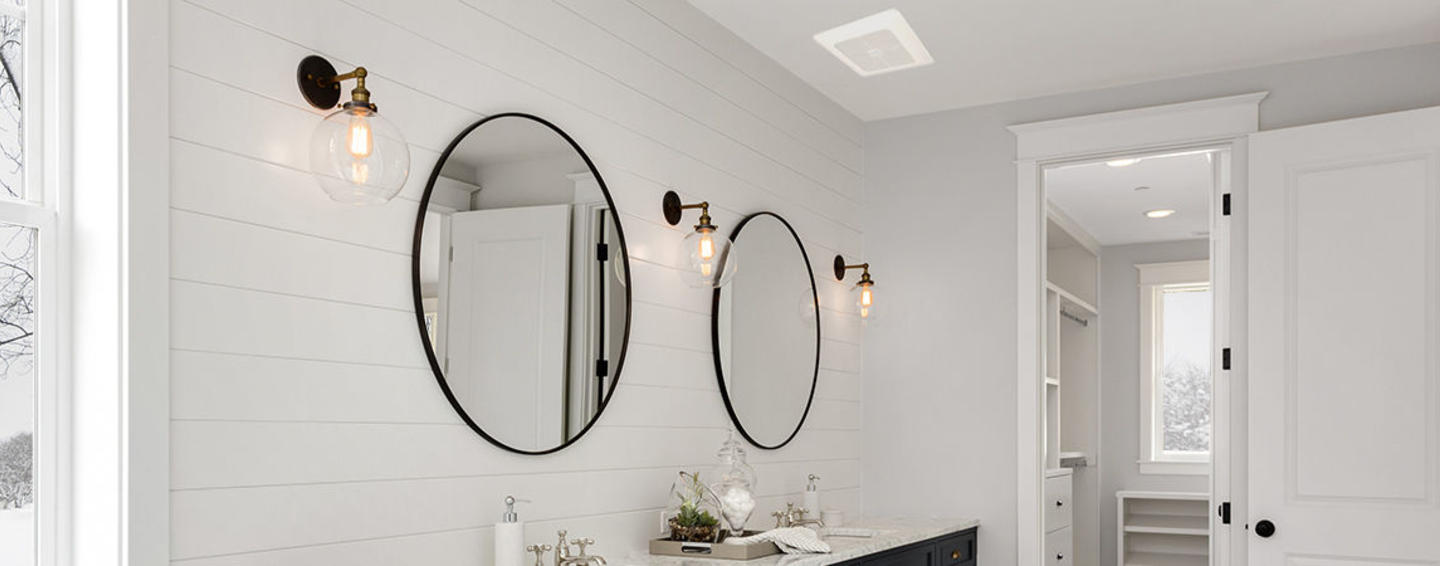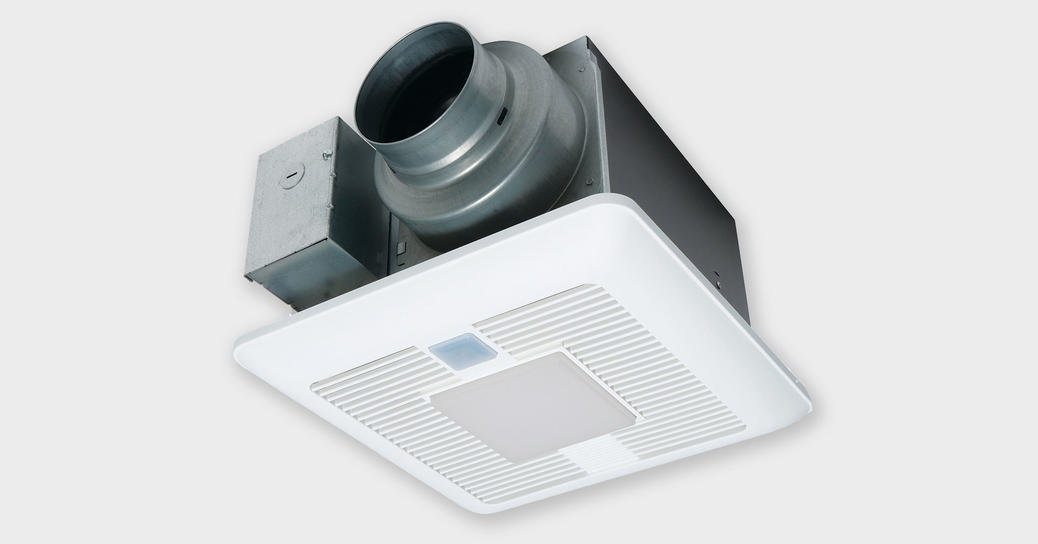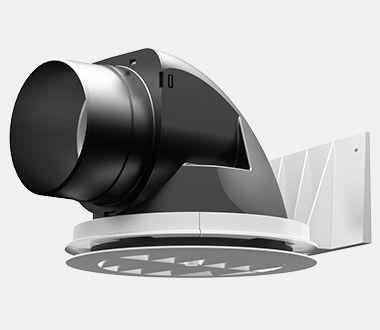How to prevent dripping vent fans in cold weather

Solving the condensation dilemma
Dripping exhaust fans (also known as ventilation fans or vent fans) in wintertime are a common problem in colder climates. A simple internet search of the topic reveals a variety of explanations on the issue, almost all with differing, and sometimes conflicting, viewpoints. In this article, we’ll take a look at the causes of dripping vent fans and a few remedies that may solve the problem.
Why and how it happens
A common cold weather problem, there are several reasons why vent fans can produce an annoying water drip, including:
• Intermittent fan operation - The fan is turned on and off manually and not run continuously.
• 4” & 6” ducting - Duct size can enhance or reduce airflow. Larger size ducting can allow more air to flow out of and into the house depending on whether the fan is on or off and temperature difference outside to inside.
• Cold outdoor temperatures - Essentially any temperature that can affect the potential for condensation.
• Vertical or horizontal ducting - Does the house have ducts running to a roof cap, wall or soffit?
When a fan is ducted out the side of the house (or through a soffit), cold air from outside can migrate back through the ducting and chill the fan can. Then internal humidity aerosolized by warm inside air can condense on the inside of the chilled fan can. This built-up condensation then drips back through the grill and onto the floor.
The dripping occurs mostly in the morning hours when moisture loads in the home are increased by morning activity and when the vent fan isn’t running. If the ducting is in the vertical, stack effect can carry air up the ducting, helping to create a natural continuous ventilation. In turn, this draws warm, moist internal air up and out of the house.
If the fan is ducted horizontally, stack effect won’t help. In fact, it is possible for cold air to be drawn in through the horizontal duct and chill the fan can, making condensation inside the can more likely.


In the ducting world, bigger is not better
One situation that can cause cold air to cool the fan can is 6” ducting.
For example, a 4” duct has slightly more than 12.5” of area {area = (Pi*(r2))} to drive air out of. In comparison, a 6” duct has in excess of 28” of area. A 28” hole in the wall provides a big pathway where cold air can be drawn into your home. Many vent fan manufacturers think larger diameter ducting will lower static pressure and make their mediocre fan perform better. There are unintended consequences of this strategy.
The thinking that bigger ducting is always better is one of the most misunderstood concepts in the residential exhaust fan industry, specifically with intermittently (non-continuous) operating fans. So - short of waiting for summer - what should we do? Basic physics tells us we have to do one of two things: 1. Warm the condensing surface or 2. reduce the humidity in the air.
What we recommend to builders, architects & engineers
-
Always recommend at least one continuously-running fan in the home with 4” ducting. Continuous run provides both an IAQ and a moisture reduction strategy. 4” ducting done correctly satisfies 99% of all residential air flow and ducting requirements.
-
Always recommend moisture sensor controls on all fans. Automated triggers are essential for preventing moisture problems before they begin.
-
Always recommend quality backdraft dampers in conjunction with external wall assemblies. For soffit applications, EZ Soffit Vent™ reduces condensation and improves overall fan performance.
Author
Ken Nelson- BPI Certified Building Analyst & Channel Sales Manager, Indoor Air Quality, Panasonic Life Solutions
Questions about ventilation strategy? Contact us below and an IAQ specialist will connect with you shortly.
